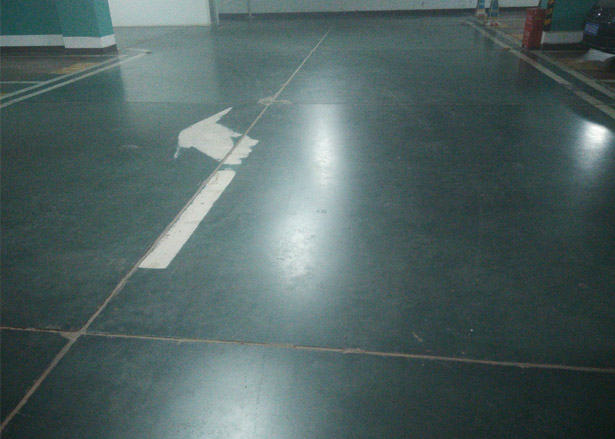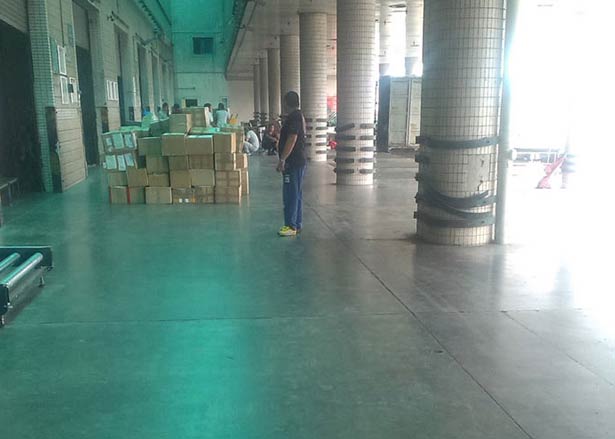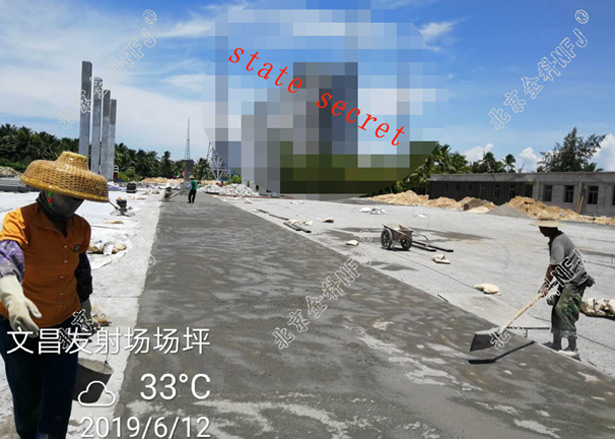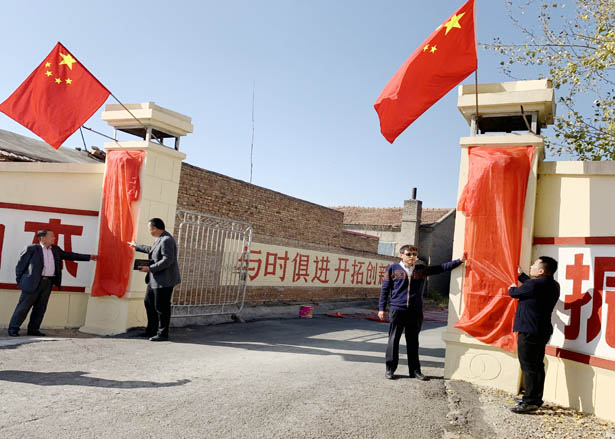## Understanding Thermal Insulating Microporous Ceramic
Thermal insulating microporous ceramics have revolutionized the way we address insulation needs across various industries. These specialized materials are designed with a unique microstructure that provides impressive thermal insulation while maintaining strength and durability. At the heart of their function lies a myriad of interconnected pores that trap air, a poor conductor of heat, thereby significantly reducing heat transfer.
The key components of thermal insulating microporous ceramics include alumina (Al2O3), silica (SiO2), and various additives that enhance performance characteristics such as strength and thermal stability. The manufacturing process typically involves the careful mixing of these raw materials, followed by shaping them into desired forms through techniques such as pressing or casting. Once shaped, the materials undergo high-temperature sintering, which not only enhances their strength but also creates the microporous structure critical to their insulating properties.
The effectiveness of thermal insulating microporous ceramics lies in their low thermal conductivity. This is attributable to the air trapped in the micro-pores, which acts as an insulator by restricting heat flow. The arrangement and size of these pores can be engineered to optimize thermal performance based on the application. Furthermore, the ability to withstand extreme conditions, whether in aerospace, petrochemical, or high-temperature industrial applications, makes microporous ceramics a versatile solution.
Advanced production technologies play a vital role in the manufacturing of these ceramics. Automated processes enable precise control over the mixture and sintering of the materials, ensuring consistent quality and performance. Techniques such as high-energy ball milling and advanced molding technologies allow for the production of complex shapes and sizes that traditional materials cannot achieve. These innovations not only enhance performance but also drive efficiency in production, reducing waste and lowering costs.
Practical applications of thermal insulating microporous ceramics are widespread. For instance, in the aerospace industry, components made from these materials are utilized in thermal protection systems to shield spacecraft from the extreme temperatures of re-entry. Similarly, in the petrochemical sector, they provide critical insulation for reactors and pipelines, helping to maintain optimal operating temperatures and conserve energy.
In summary, thermal insulating microporous ceramics represent a cutting-edge development in insulation technology, combining advanced materials with innovative production processes. Their ability to efficiently control heat transfer makes them essential in modern manufacturing and various high-tech applications. For businesses seeking reliable materials and expertise, reaching out to trusted suppliers is crucial. If you have any questions or would like to explore potential applications, feel free to contact us.
Show More >>
PRODUCTS
You are welcome to contact us at any time, please write the message here and we will reply you in 24 houre. thanks foryour support.
NEWS
May.22, 2019



